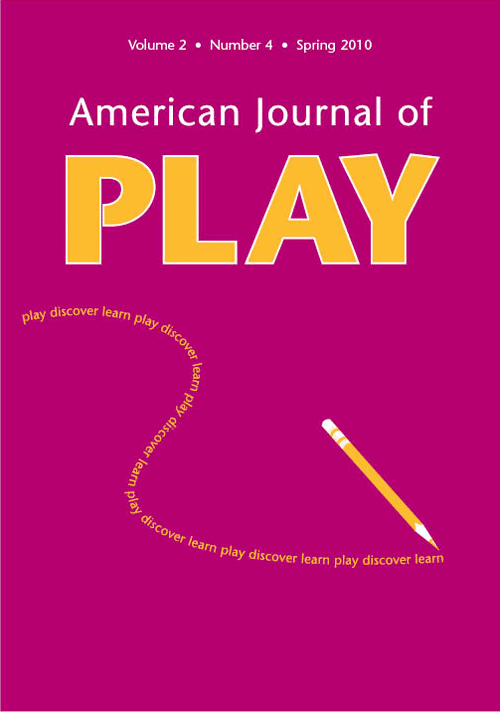The Children’s Novel as a Gateway to Play: An Interview with John Morgenstern
John Morgenstern has taught literature and literacy at Mount Saint Vincent University in Halifax, Nova Scotia, for more than thirty years. He traces his interest in children’s literature and play to his boyhood experiences: he read four novels a week—the maximum he could take from the bookmobile that served his Toronto suburb—and incorporated the stories into his play in the nearby Scarborough Bluffs. As an adult, he approaches children’s literature with a more academic bent but remembers his boyhood responses to children’s novels well. They inform his thinking in his Playing with Books: A Study of the Reader as Child, published in 2009. Noteworthy for its consideration of reading as play, the book is a short but sweeping volume in which Morgenstern explores the history of children’s literature, literacy and the modern conception of childhood, the role of play in the psychological development of children, and narrative techniques in children’s novels. In this interview, he discusses how children’s novels serve as an entry point for play.




